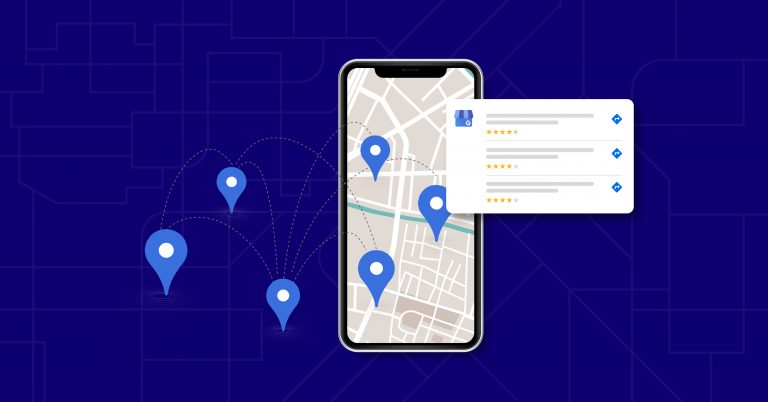If you manage marketing for a BFSI brand, you already know how critical trust, accessibility, and relevance are in customer acquisition. Whether you’re a bank, an insurance provider, or a wealth management firm, your success depends on how easily customers can find, engage with, and trust your services at a local level.
This is where hyperlocal marketing becomes a game-changer. By using geo-targeted digital approaches, you can drive more in-branch visits, service inquiries, and conversions.
However, the challenge is not just executing hyperlocal approaches—it is proving their impact and optimizing them for better ROI.
Unlike traditional digital marketing, hyperlocal marketing requires a different measurement approach. Click-through rates and impressions alone are not enough.
Instead, you need an approach that tracks real-world customer interactions, such as footfall, call leads, store visits, and customer sentiment, while ensuring that every penny spent on marketing translates into business growth.
Customers looking for financial services are not just searching for a brand; they are looking for a trusted and convenient local option.
Hyperlocal marketing ensures your brand appears in search results, maps, and local listings precisely when potential customers need your services.
Here’s why implementing and measuring hyperlocal marketing is essential for BFSI brands:
However, optimizing hyperlocal campaigns requires you to track the right performance indicators and continuously refine your approaches based on data.

The first step in measuring success is understanding how many people see and engage with your hyperlocal campaigns.
A common challenge for BFSI brands is ensuring each location has an optimized digital presence to engage with customers and track conversions.
With SingleInterface’s Location Pages and Hyperlocal Discovery Engine, you can create dedicated pages for every branch, ATM, or service center, ensuring it ranks well in local search and drives higher visibility.
For BFSI brands, digital engagement must translate into real-world interactions.
If customers are searching for your branch but not visiting, your campaigns may not be optimized for conversion.
With SingleInterface’s AI-driven analytics and real-time location tracking, BFSI brands can monitor footfall trends and analyze which marketing touchpoints are driving the most in-person visits.
This ensures data-backed optimization of your hyperlocal approaches.
In BFSI, a customer’s first real intent signal is often a phone call. A prospective customer calling about loans, insurance policies, or wealth management services is a high-value lead.
Pro Tip: With SingleInterface’s AI powered Call Insights, you can transcribe, categorize, and analyze customer calls, helping your teams understand intent, improve service quality, and increase lead conversions.
A high-intent prospect filling out a contact form, requesting a quote, or scheduling an appointment is a strong indicator of campaign effectiveness.
Positive reviews influence customer trust, improve local search rankings, and increase conversion rates.
If you’re looking to automate responses and uphold a strong brand reputation across multiple locations, SingleInterface’s Reputation Management tool can streamline the process.
Ultimately, your hyperlocal marketing ROI must be tied to revenue growth. Understanding how much you’re spending per acquired customer helps you optimize budgets and maximize ROI.
How to optimize: Improve listing and location page performance by ensuring accurate business information, relevant keywords, and high-quality visuals. Regularly update listings with offers, posts, and customer reviews to boost rankings. Optimize location pages with locally relevant content, structured data, and clear CTAs to enhance visibility and influence customer actions.
Hyperlocal marketing is no longer optional for BFSI brands—it is a critical driver of business growth.
By utilizing AI-driven insights, geo-targeted approaches, and data-backed optimizations, you can improve visibility, engagement, and conversion rates.
With SingleInterface’s advanced hyperlocal marketing offerings, BFSI marketers can seamlessly manage location-based campaigns, track performance, and enhance customer engagement.
Is your BFSI brand fully optimizing hyperlocal marketing for ROI? Now is the time to refine your approach and unlock measurable business impact.